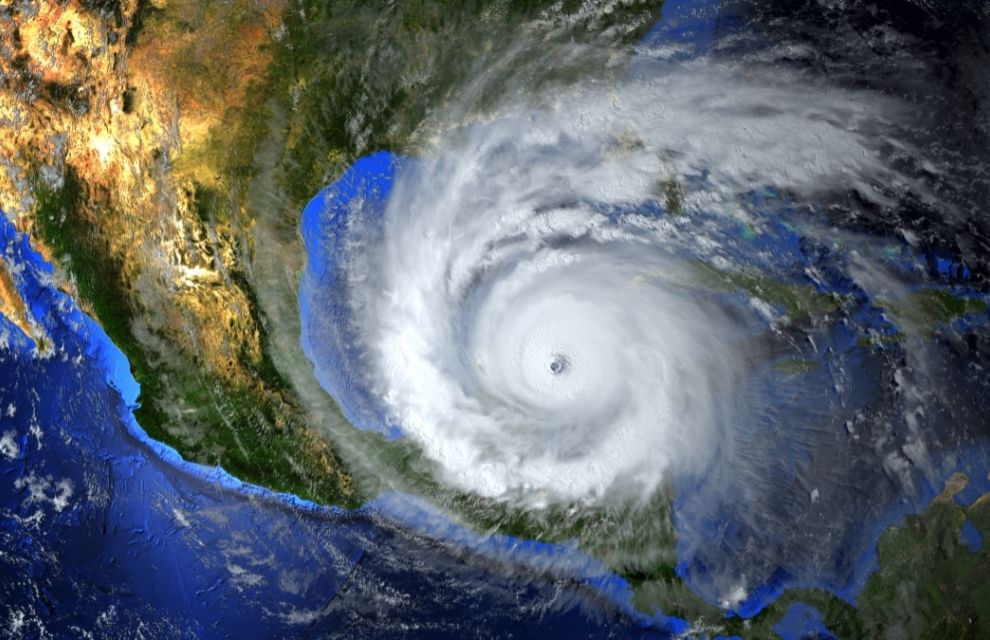Fast payouts as a result of a simplified claims adjustment process is one of the main advantages of parametric insurance compared to traditional indemnity insurance, according to a recent webinar exploring the uses and benefits of parametric insurance and parametric risk transfer.
“Peril and Parametrics: The new opportunity to expand capacity for catastrophe risks” was organised by the Vermont Captive Insurance Association (VCIA) and was moderated by David Provost, deputy commissioner of the captive division at the Vermont Department of Financial Regulation, who also announced his retirement this week.
Aiden Joo, head of North America, alternative risk transfer at Marsh, began the webinar by outlining the basic elements of parametric insurance; at its core, rather than focusing on the impact of an event (as in conventional indemnity insurance), parametric focuses on the event itself.
In responding to the event, as opposed to its impact, this improves the ability to insure against consequential economic losses.
Joo added that an index-based approach to triggered coverage means that, in comparison to traditional property insurance, parametric insurance can transfer more of an organisation’s total risk. Furthermore, parametric insurance is advantageous as programmes have broad coverage, with no deductibles, sub-limits or exclusions.
Programmes also typically pay full claims payments within weeks, or even days, of the trigger event. Joo noted that some traditional property policies can take, at a fast pace, several months to pay out losses owing to the lengthy claims adjustment process.
Joo described the simplicity of claims payout as “one of the biggest value-adds of a parametric policy”.
Discussing the scenarios where parametric insurance can provide coverage, Joo highlighted physical damage and business interruption as a key area. For example, certain geographic regions will be more vulnerable to weather risk, including a lack of or excess wind, quake, flood or snow.
In addition, non-damage business interruption coverage will still pay out if the predefined index is met. Joo noted that a parametric policy could cover for a macroeconomic fallout suffered by a client or captive owner.
Examples
A client with operations southwest of New Orleans purchased a parametric product for named windstorms, also known as a “Catastrophe-in-a-Circle” programme. The triggers were based on the path of the hurricane. To trigger a payout, the eye of the storm had to pass through either a determined inner or outer circle, with higher payouts in the inner circle. The three year programme has a US$15 million limit per occurrence, and $850,000 annual premium.
A client with operations spread around California faced different levels of earthquake exposure throughout the state. The risk-based magnitude-distance programme divides regions in California with different payout structures that trigger based on magnitude within a given zone. Payout amounts rise as magnitude increases, with lesser-exposed zones having lower maximum payouts. The three year policy has a limit of $25 million per occurrence, and $1.5 million annual premium.
Parametric risk transfer
Marcus Schmalbach, founder and CEO of RYSKEX, continued the webinar by explaining that parametric risk transfer focuses on low frequency, high severity risks, such as pandemic, cyber and climate change.
Captives are instrumental in helping to cover these uninsurable and emerging risks on their parent’s balance sheet, he added.
Schmalbach estimated a global protection gap of $113 billion, referring to losses that occurred but were not covered because the commercial market had no solutions available. By tapping into the capital market, he said, companies can obtain fast payouts, rapid injection of capital, and immediate relief.
Market capital for the equity and bond market is estimated at around $175 trillion, while reinsurance market capital stands at around $500 billion, and capital for the catastrophe bond and ILS market is currently around $40 billion.
The process of parametric risk transfer begins by classifying the risk and defining the triggers. Schmalbach explained that this is followed by analysis of existing risk and price model indices, using technology such as machine learning to define the probability of default and the hedging fee.
The next step is to tokenise the risk, tender the risk via a blockchain-based platform, and close the smart contract. The final part of the process is fully-automated, non-traditional claims adjustment which, as outlined above by Joo, leads to quicker payouts.
The claims adjustment process of parametric risk transfer offers a faster alternative to indemnity insurance, Schmalbach noted, as only a third-party is involved between the catastrophe and the payout. Compared to traditional indemnity insurance, which requires an assessment of the damage, before the insured submits a claim which is then reviewed and reassessed by the adjuster.
Example
The client is a captive company where the parent is a large French company that is also a sponsor of the 2024 Olympic Games. The first trigger in the policy is declaration of a pandemic, while the second trigger is cancellation of the event. The veritas for the triggers are the World Health Organization and the Olympic Committee, respectively. The second trigger is designed to lower the opportunity for basis risk. The policy lasts until August 2024, with a cover sym of $120 million. The probability of default is determined by the pandemic risk index.






